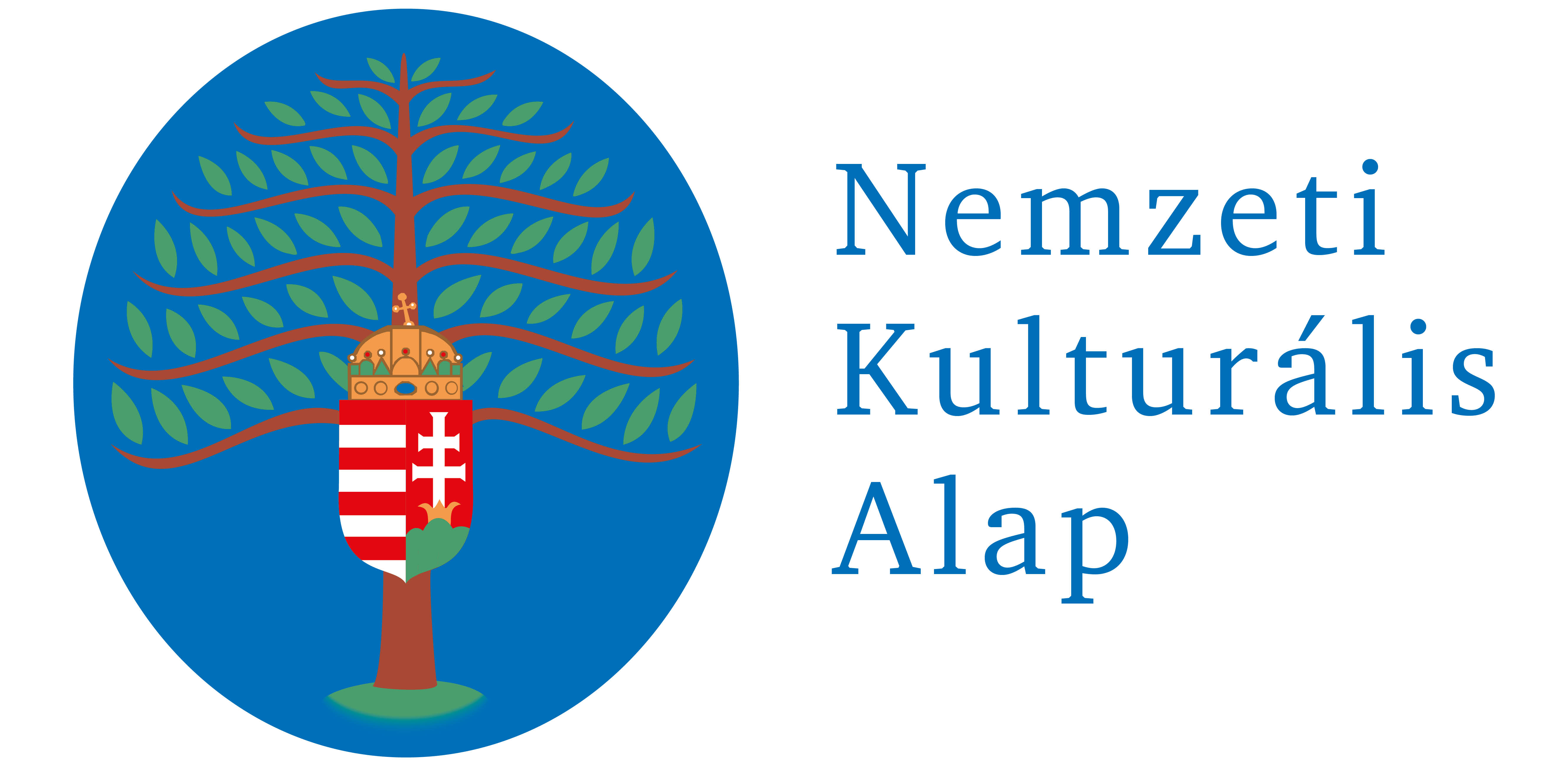Naptár
2024. április 15–19.
2024. április 20.
Eötvös József Kárpát-medencei középiskolai szónokverseny
2024. április 24. – május 3.
Tovább...
1. 2008.
Abstracts in English
Studies
Gósy, Mária
Reading comprehension
According to the traditional view reading is thinking based on what is printed on the page. The process of reading consists of two main phases the first of which is decoding the lines of text based on visual experience. In other words, it is word segmentation, namely matching the letters with the corresponding sounds. The second phase is comprehension, which is the recognition of the morphological structure of the lexical unit and the construction of meaning. The main issues with learning to read are the presence or absence of linguistic consciousness and the quality of text comprehension. As the results of the experiments show, reading comprehension depends on several factors; for example, age-specific perception, the level of listening comprehension, and typography. Reading aloud and silent reading provide relevant information for pedagogical practice. This study introduces the results of these experiments. Furthermore, it also considers the implications of the test results with respect to pedagogy.
Tóth, Beatrix
Teaching writing – why and in which way?
The study considers a number of crucial problems with the methods of teaching writing in Hungary and the possible solutions for them. Teaching writing starts too late in the primary school and little time is invested in it. In addition, the product-oriented teaching methodology has had little success. As a result, the full potential of improving individual written text production has not yet been reached with regards to text comprehension, thinking and learning. The study also provides an overview of the methods for necessary change in teaching writing. Based on the results of international research, it outlines the different methods of the process-oriented way of teaching writing, as well as discusses the key factors of efficiency in this method.
Bóna, Judit
The pedagogical implications of speech tempo
The study discusses the relations of articulation tempo, speech tempo and verbal comprehension. The paper analyses the factors influencing the speech production tempo on the one hand, and the actual tempo values characterising the present-day Hungarian, on the other. The author focuses on the factors of age, the speech tempo of children’s narratives, and on the effect of speech tempo changes on the children’s verbal comprehension. The study discusses the difficulties of the intentional change of speech tempo, and provides an overview of the effects various speech tempi have on speech perception, sentence comprehension and text comprehension. Finally, the author draws conclusions on the role of the speech tempo in pedagogical work.
Workshop
Varga, Éva
Step by step into the world of letters
The study introduces the program ’Lépésről lépésre’ [Step by step] devised for teaching to read. The author has been working with this program for ten years. Her personal teaching experiences have led to develop a new way of introducing the world of letters to students. The study presents the specific aims and principles as well as the theoretical background of this educational program. This program for teaching to read and write is a particular version of the phonics method. In addition, it is connected to the methods of reform pedagogy.
Csákberényiné Tóth, Klára
Spelling exercises using the interactive board – duration of speech sounds
The study discusses the relations of articulation tempo, speech tempo and verbal comprehension. The paper analyses the factors influencing the speech production tempo on the one hand, and the actual tempo values characterising the present-day Hungarian, on the other. The author focuses on the factors of age, the speech tempo of children’s narratives, and on the effect of speech tempo changes on the children’s verbal comprehension. The study discusses the difficulties of the intentional change of speech tempo, and provides an overview of the effects various speech tempi have on speech perception, sentence comprehension and text comprehension. Finally, the author draws conclusions on the role of the speech tempo in pedagogical work.
Veszelszki, Ágnes
Visualisation in creative text production exercises
The paper investigates how the use of the computer and of the internet affects text production strategies of students during creative text production exercises. This work is based on the home assignments of the students in their last year at the Bibó István secondary grammar school (Bibó István Gimnázium) in Kiskunhalas. The creative tasks provide an opportunity for the students to experiment with different genres other than school compositions. The study also explains how free writing enriches students with the experience of creating. The analysis of the home assignments also points out the influence that the design of the internet websites had on the works handed in. This is indicated by the use of colours, signalling the content relations with arrows, the layout, the relations between picture and text and the replacement of the text with pictures.














